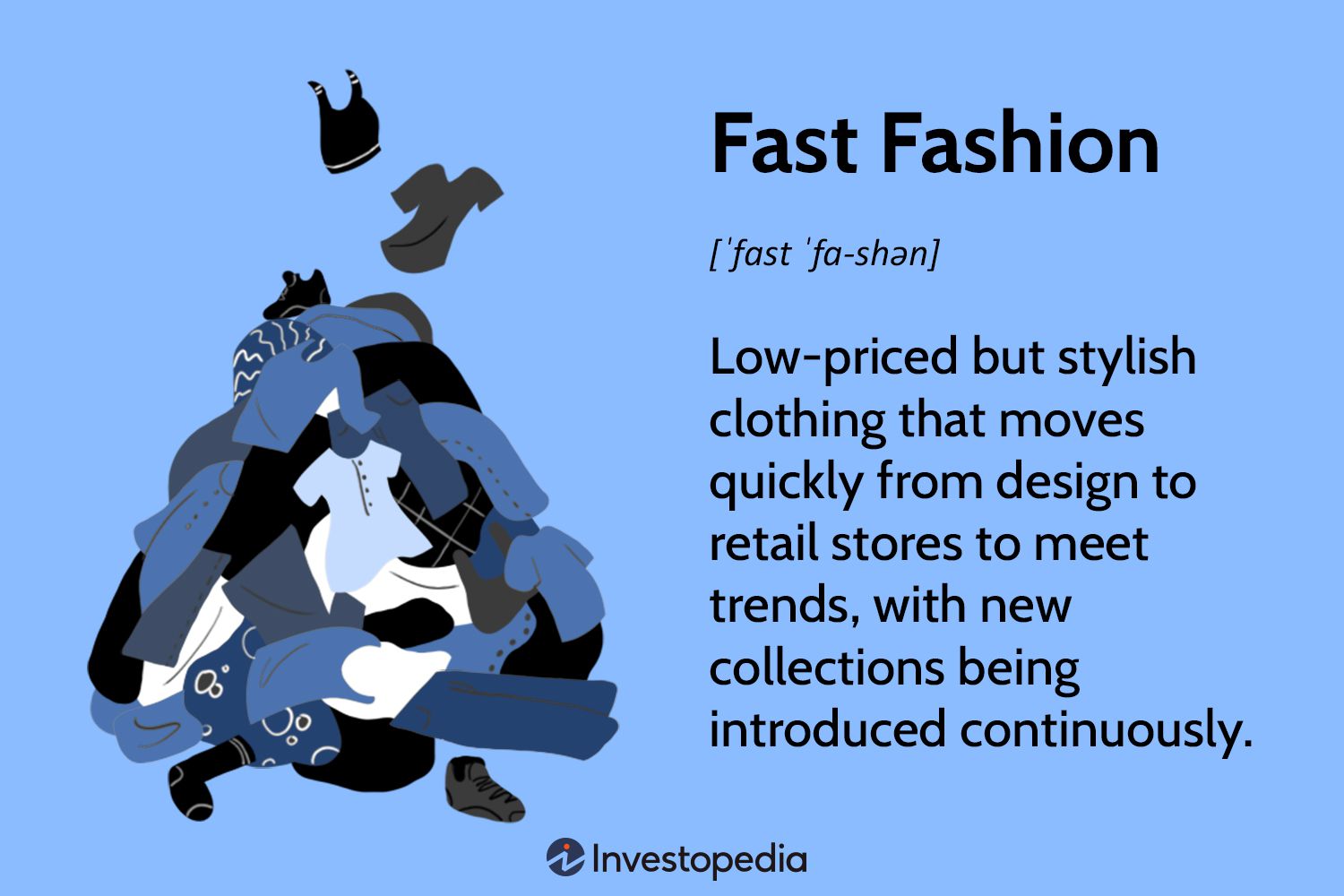Fashion industry is divided into two models, fast fashion and sustainable style. Fast fashion produces clothing rapidly, cheaply, and in large quantities, mimicking the latest trends. In contrast, sustainable style strives to create clothing with minimal negative impact on the environment, society and ethical manufacturing practices. Sustainable style focuses on quality rather than quantity and designs are timeless. Fast fashion has affordable prices and is accessible to a wide range of consumers, but it leads to frequent purchases, waste, and harmful manufacturing practices. Sustainable style prioritizes ethical and safe manufacturing processes and high-quality garments, but it has a higher price point and is not as accessible to all consumers. In the long run, sustainable style is predicted to win as consumers become increasingly concerned with ethical production and the environment.
Introduction
Fashion is an ever-changing world, as trends come and go. However, the way people consume fashion has shifted dramatically. Today, we have two distinct fashion industry models: fast fashion and sustainable style. These models have entirely different approaches to manufacturing, design, and consumption. So, which one will win in the long run? This article will compare and contrast these two fashion models.
Fast Fashion
Fast fashion is a term used to describe clothing that is produced rapidly, cheaply, and in large quantities. Fast fashion retailers, like Zara and H&M, create designs that mimic the latest runway trends and deliver them to consumers at record speed. Fast fashion is appealing to consumers because it offers trendy clothing at affordable prices, making it accessible to everyone.
Pros
- Affordable prices
- On-trend designs
- Accessible to a wide range of consumers
Cons
- Frequent purchases lead to waste
- Manufacturing practices are harmful to the environment and workers
- Low-quality materials result in short-lived garments
Sustainable Style
Sustainable style is an approach to fashion that focuses on creating clothing with minimal negative impact on the environment, society, and ethical manufacturing practices. The sustainable fashion industry aims to produce clothing that is made to last and made from ethically sourced materials. Sustainable fashion brands put a premium on quality over quantity, and their designs are often timeless rather than trend-driven.
Pros
- Environmentally friendly
- Produces high-quality garments
- Prioritizes ethical and safe manufacturing processes
Cons
- Higher prices due to the use of premium materials and ethical manufacturing practices
- Not as accessible to a wide range of consumers
- Designs may not always be on-trend
Comparison
| Fast Fashion | Sustainable Style |
|---|---|
| Clothing is produced rapidly, cheaply, and in large quantities. Designs mimic runway trends. | Clothing is made with minimal negative impact on the environment and society, and ethical manufacturing practices are prioritized. Designs are often timeless. |
| Clothing is affordable, making it accessible to a wide range of consumers. | Clothing is of higher quality, but comes with a higher price tag. |
| Frequent purchases lead to waste. | Clothing is made to last, reducing waste and promoting sustainability. |
| Manufacturing practices are harmful to the environment and workers. | The sustainable fashion industry prioritizes ethical and safe manufacturing processes. |
Conclusion
Both fast fashion and sustainable style have their pros and cons. Fast fashion is affordable and accessible to everyone, but it comes with significant environmental and ethical concerns. Sustainable style puts a premium on quality and ethical production, but it has a higher price point and may not be as accessible to all consumers. In the end, it is up to consumers to decide what type of fashion they want to support. However, given the increasing concerns over the environment and ethical production, it seems that sustainable style is the fashion industry model that will win in the long run.
